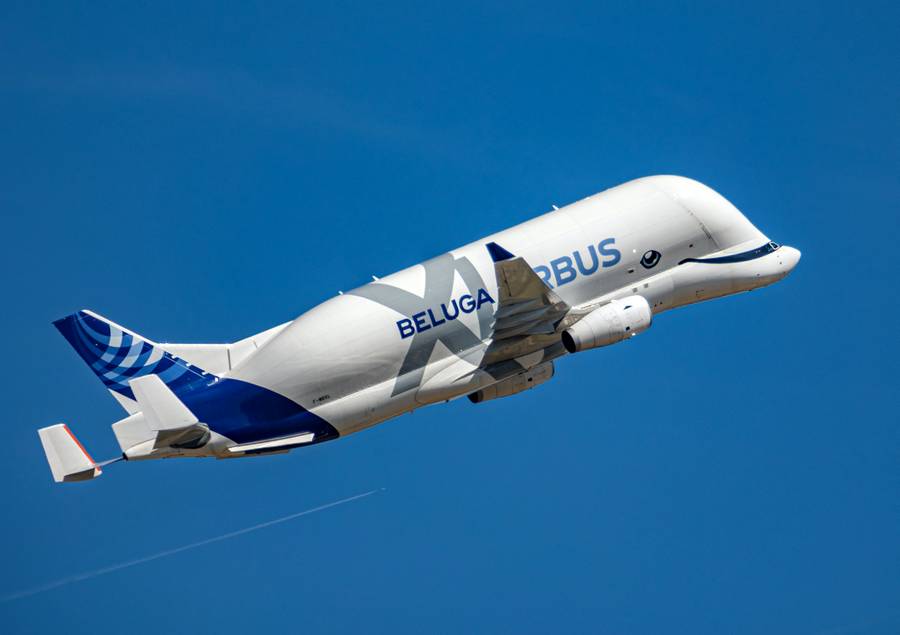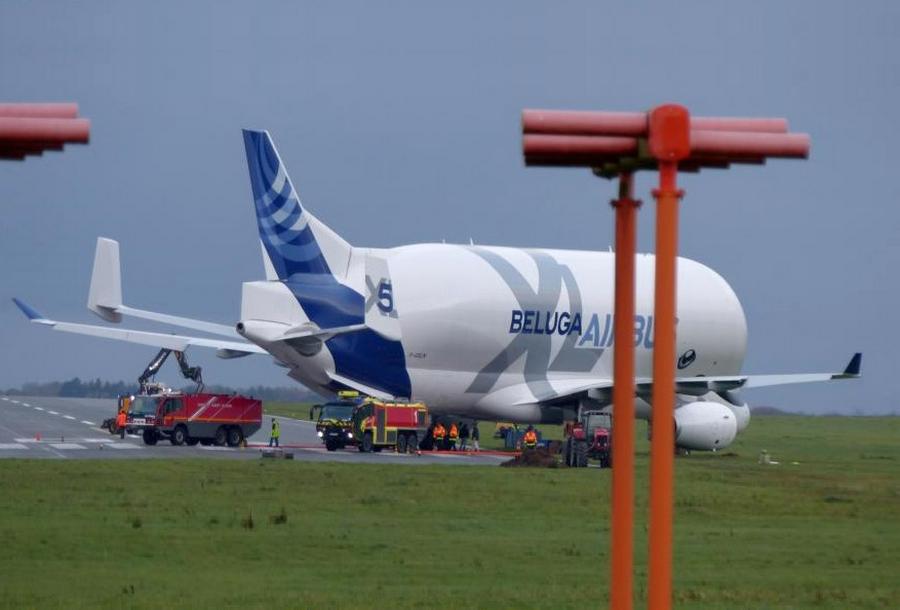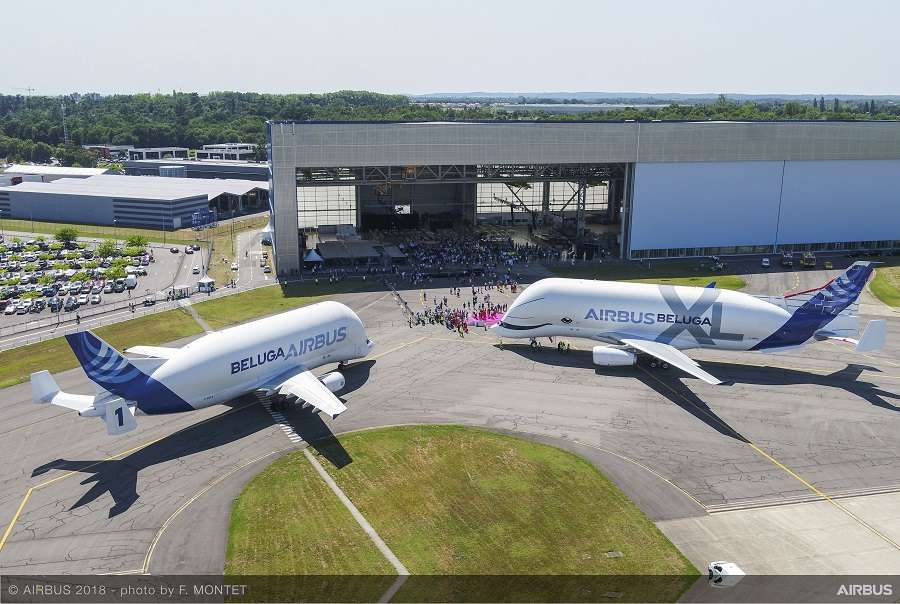A curious incident saw an Airbus Beluga XL oversize freighter have a runway excursion, which disabled the aircraft for several hours.

This incident happened on Friday the 18th of November, involving flight BG-127N. It is a flight between two Airbus facilities. The European aircraft manufacturer uses its fleet of Beluga XLs to move major aircraft components between its various production sites. This flight took off from Saint Nazaire Montoir Airport (LFRZ), heading for Albert Picardie Airport (LFAQ) in France.
We don’t have any information regarding the payload of this Airbus Beluga XL at the time of the incident. Airbus assembles and equips the front fuselage sections of A320s, as well as the front and center sections of A330s in Saint Nazaire.

In any case, the aircraft departed using runway 25 in Saint Nazaire, cruising at FL280 for the 52-minute-long flight. The rest of the flight was uneventful, with the aircraft landing on runway 27 in Albert. The mishap happened when the crew of the Airbus Beluga XL attempted to turn around and backtrack, at a turning pad at the end of the runway.
The Airbus Beluga XL Runway Excursion Incident
Rather than complete the 180-degree turn, the aircraft took a wider turn, understeering into soft ground. The aircraft’s nose gear and its right main gear went off the pavement. There are no reports of any injuries in the event.

But with its only runway blocked by the Airbus Beluga XL, the airport closed after the incident. However, Albert Picardie Airport doesn’t have any commercial traffic, although it has some general aviation users.
But as of this writing, the Beluga is still on the ground at the site. This aircraft has registration F-GXLN. The incident aircraft is the fifth and newest Beluga XL that Airbus made. It made its first flight last July, and its first revenue flight less than a month ago.

The official designation of these jets is A330-700L. The earlier and somewhat smaller Beluga ST has the designation A300-600ST. But as we’ve seen, Airbus has now retired these older jets and is using them to transport oversize loads for various customers.



